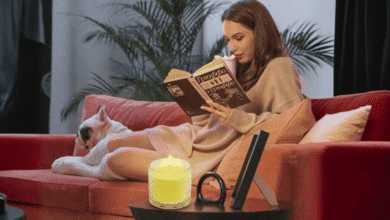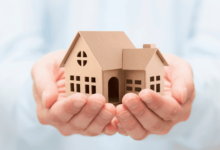Why Sustainability Should Be Part of Your Next DIY Project

DIY projects are a fantastic way to personalize your space, express creativity, and add value to your home. But as our awareness of environmental issues grows, there’s a growing case for making sustainability a core part of how we approach these projects. Whether you’re renovating a room, building furniture, or upgrading your outdoor space, choosing eco-conscious methods and materials can have long-lasting benefits for both your home and the planet.
Here’s why sustainability deserves a place in your next DIY plan—and how to get started without compromising on quality or style.
-
Reduce Waste and Resource Use
Traditional DIY projects can produce a surprising amount of waste—from leftover materials to packaging, adhesives, and paint. By planning with sustainability in mind, you can significantly cut down on waste. This might mean reusing timber, choosing recycled or reclaimed materials, or simply measuring more accurately to avoid overbuying.
It’s also worth exploring repair and restoration. Instead of tossing out an old chair or table, consider giving it new life with natural finishes or eco-friendly stains.
-
Lower Your Project’s Carbon Footprint
Every product you use—whether it’s paint, flooring, or screws—has an environmental cost based on how it was made and how far it travelled to get to you. Choosing locally sourced materials and tools made from recycled or low-impact resources helps reduce the overall carbon footprint of your DIY work.
If you’re building or updating a shed, greenhouse, or garden room, consider integrating energy-efficient elements like insulation made from natural fibers or recycled wool, and opt for finishes that are free from VOCs (volatile organic compounds), which can negatively affect indoor air quality.
-
Boost Your Home’s Long-Term Efficiency
Sustainable DIY isn’t just about what you build—it’s also about how your project impacts your home’s energy use. For example, installing better insulation, sealing draughts, or upgrading windows are all great DIY tasks that can improve thermal efficiency and reduce utility bills.
If you’re taking on a bigger project or updating your home’s exterior, you could also look into solar panel installation UK options. Solar energy is one of the most effective ways to reduce your environmental impact, and integrating it into your plans during a DIY upgrade can save money over time while contributing to a greener home.
Must Read: How to Prepare Your Home for Solar Panel Installation
-
Improve Indoor Air Quality
Many conventional paints, glues, and finishes contain chemicals that can linger in the air and affect your health. Choosing natural or low-VOC products is better for your lungs—and for the planet. When working on indoor projects, especially in areas like bedrooms or children’s spaces, prioritizing healthier materials is a smart choice for everyone in the household.
-
Set an Example and Feel Good About Your Work
There’s something especially rewarding about knowing your project didn’t just look good—but also did good. By incorporating sustainability into your DIY mindset, you’re setting an example for others and contributing to broader efforts to protect the environment.
Whether you’re a weekend crafter or tackling major home improvements, your personal projects have the power to create lasting change.
Closing Remarks
Sustainable DIY is about being more intentional—with your choices, your materials, and your methods. From using reclaimed materials to exploring energy upgrades like solar, it’s easier than ever to make projects that are both practical and planet-friendly.
Next time you reach for the toolbox, think about how your creativity can also make a positive environmental impact. After all, the best projects are those that improve your home and the world around it.
Ready to explore more? Check out www.wordplop.com for fresh insights!






